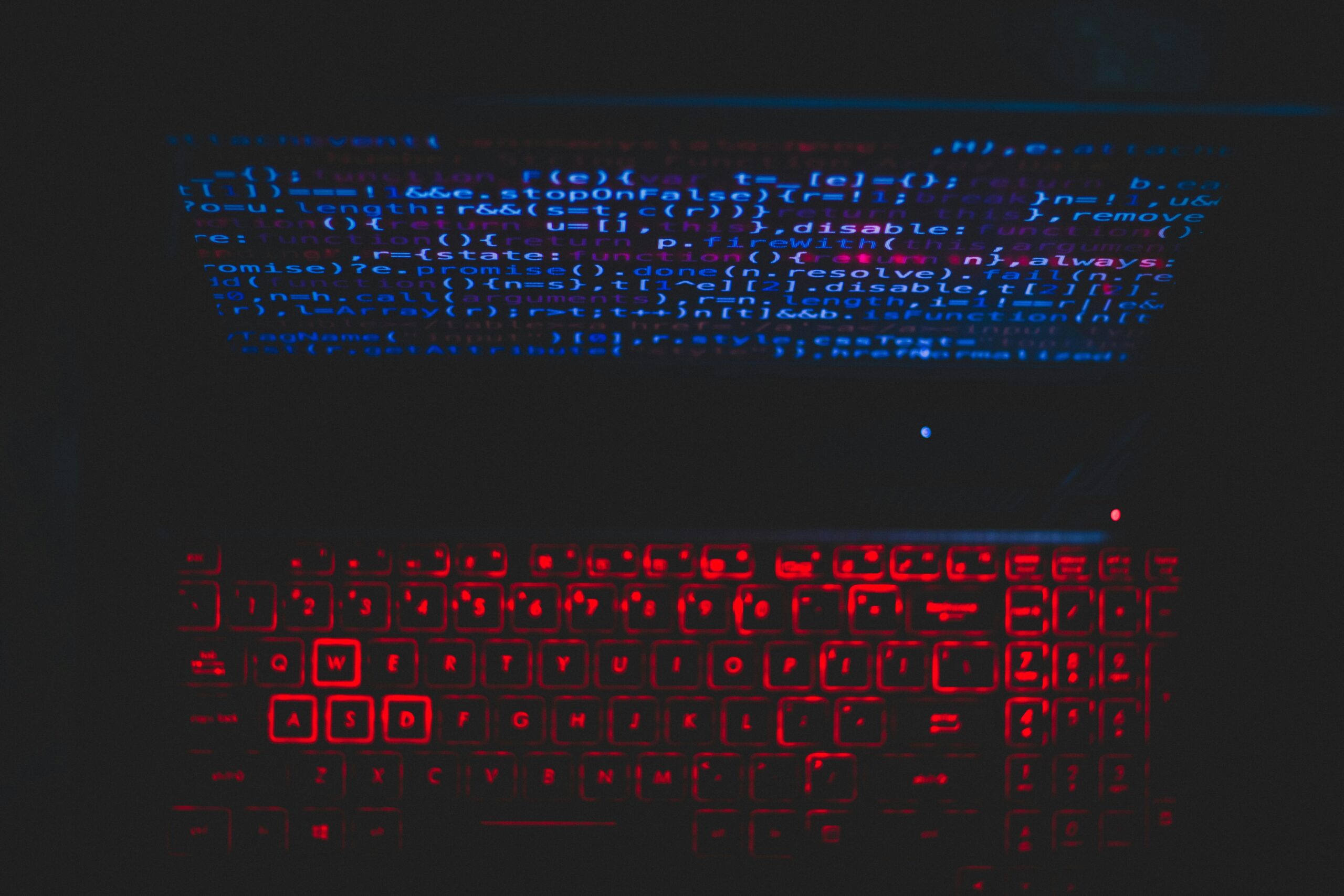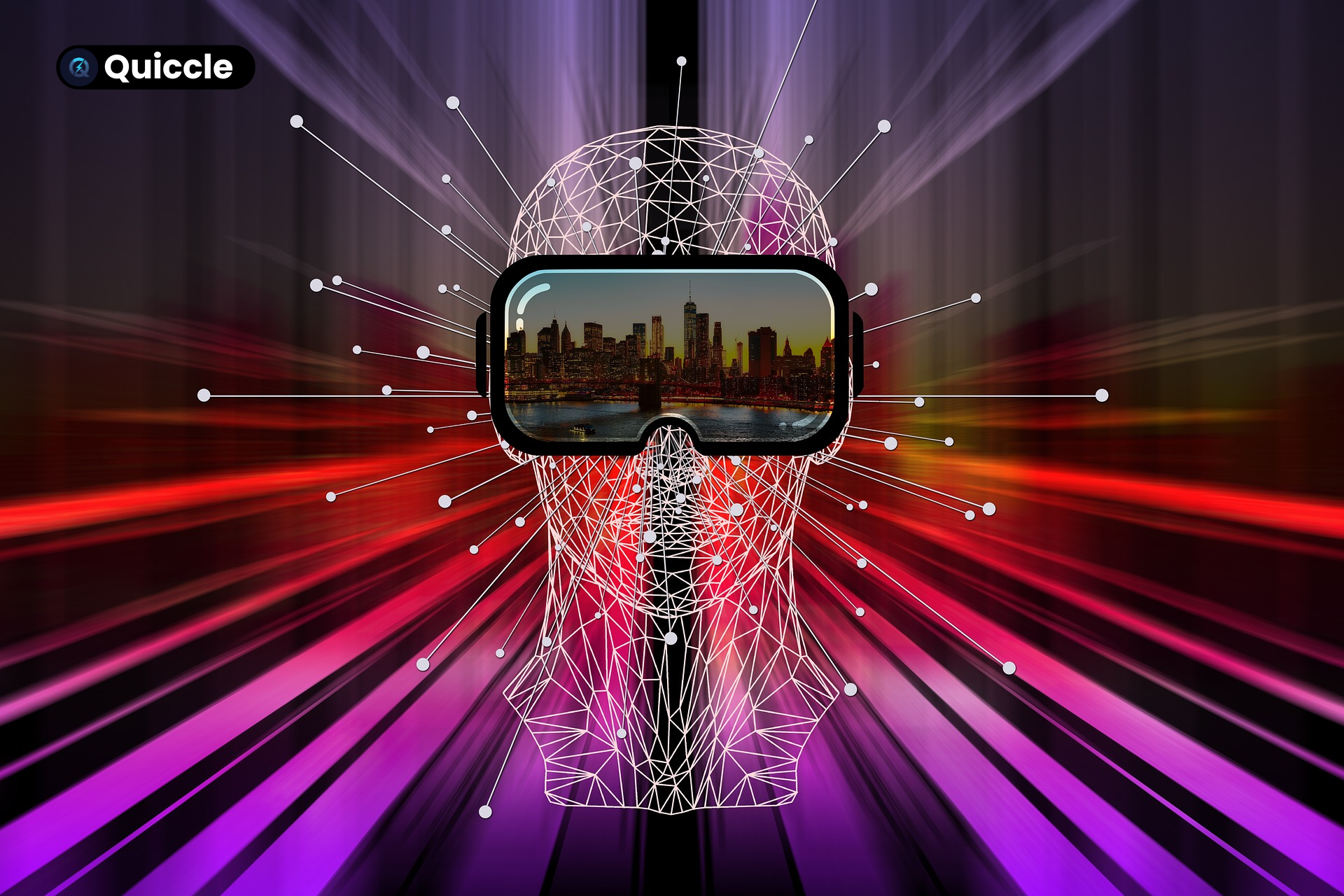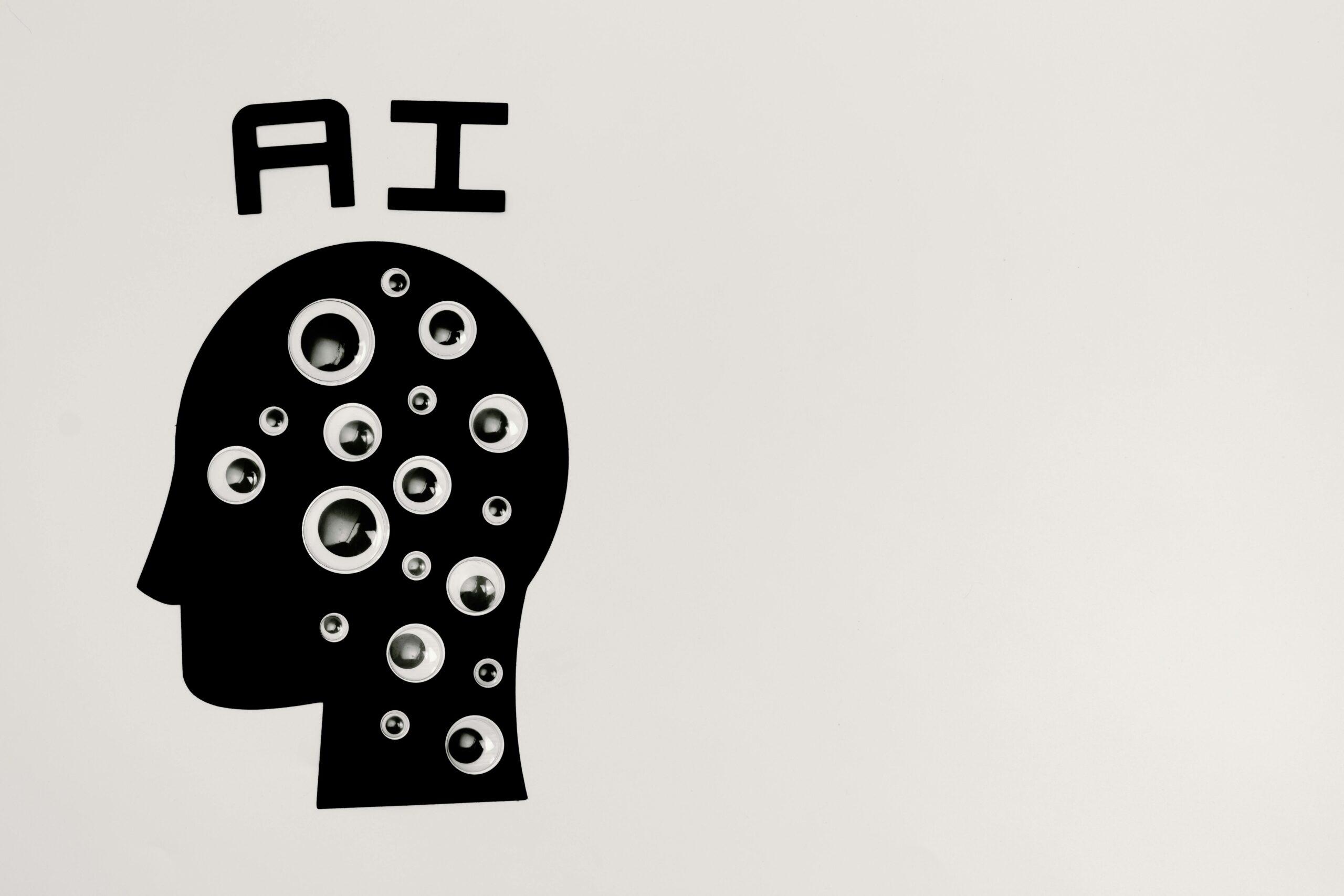Artificial Intelligence (AI) has revolutionized the way we approach cybersecurity. Its ability to detect anomalies, predict potential threats, and respond swiftly has made it an invaluable asset. However, this same technology is now being exploited by malicious actors, creating a paradox where AI serves as both protector and adversary.
Understanding the Paradox
AI’s capabilities in cybersecurity are unparalleled. It can analyze vast amounts of data to identify threats that would be impossible for humans to detect in real-time. Yet, these very capabilities are being harnessed by cybercriminals to develop sophisticated attacks that are harder to detect and prevent.
Real-World Implications
-
AI-Generated Phishing Attacks: Cybercriminals are using AI to craft highly convincing phishing emails, making it challenging for individuals and even advanced filters to distinguish them from legitimate communications.
-
Adaptive Malware: AI enables malware to adapt its behavior in real-time, evading traditional detection methods and making it more resilient against countermeasures.
-
Deepfake Scams: The rise of AI-generated deepfakes has led to scams where individuals are tricked into believing false narratives, leading to financial and reputational damages.
Navigating the Dual-Edged Sword
To address this paradox, a multifaceted approach is essential:
-
Continuous Monitoring: Implementing AI systems that not only detect threats but also monitor AI-generated content for anomalies can help in early detection of malicious activities.
-
Human-AI Collaboration: While AI can process data at unprecedented speeds, human oversight is crucial to interpret results and make informed decisions, ensuring that AI’s actions align with ethical standards.
-
Regulatory Frameworks: Establishing clear guidelines and regulations around AI usage in cybersecurity can help in setting boundaries and ensuring accountability.
Conclusion
The AI Security Paradox underscores the need for a balanced approach to AI in cybersecurity. By acknowledging the dual nature of AI—as both a tool for protection and a potential threat—we can develop strategies that leverage its strengths while mitigating its risks. As we continue to integrate AI into our security infrastructures, vigilance, adaptability, and ethical considerations must remain at the forefront.

We’re Quiccle, a small crew of big thinkers obsessed with clarity, curiosity, and ideas that move fast but stick deep. We write to spark thought, not just scrolls.



